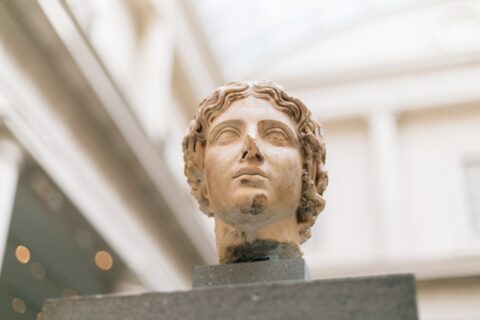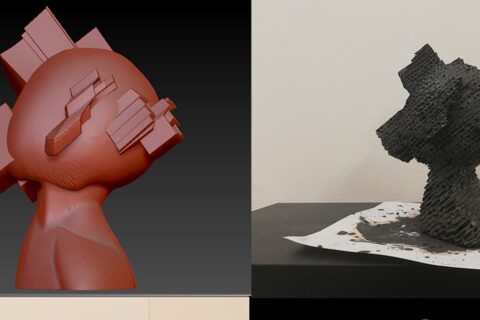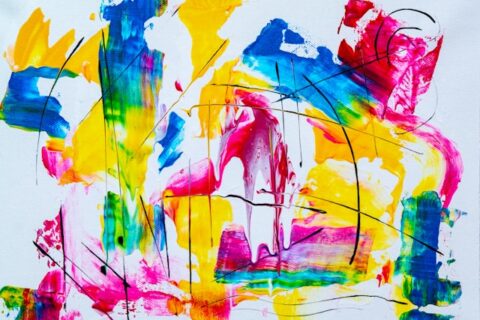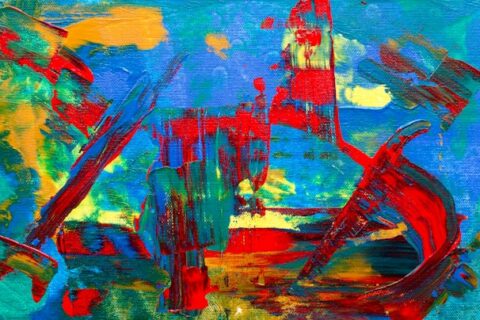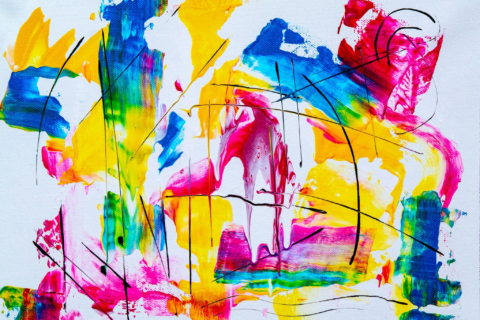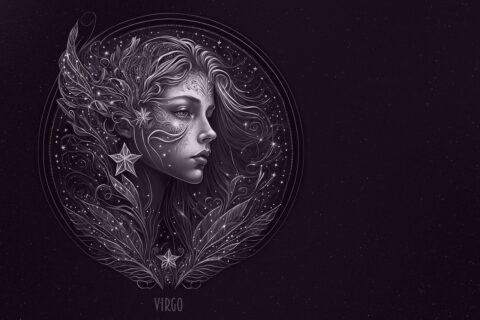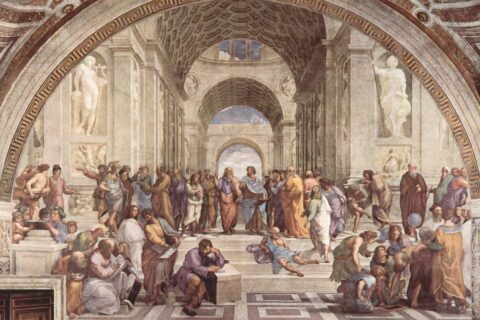
Animalistic genre
- Leake Camille
- January 14, 2022
- Genres of sculpture
- No Comments
On the background of portraits, statues, monuments, the genre of animalistic sculpture is not inferior. The work of masters-animalists reveals the world of nature, which is not invaded by man, – a natural, beautiful world, recreated in smooth decorative forms.
The art of ancient peoples depicted humans in accordance with certain canons, while animals, on the contrary, were shown in a more believable and accurate manner. For example, rhinoceros figures created several centuries before Christ in China are as realistic as those we see today in exhibitions.In the Middle Ages most animals were given the inferior role of personifications of various human vices: chimeras and all sorts of devils – grotesque fantasies of anonymous masters – were torn away from the sacred space of temples. Romantic artists were fascinated by the fights, the fierce passion of predators attacking their victims.
In today’s animalistics we will not find a reflection of the real cruelty of wild animals, the struggle of animals for survival. Rhinoceroses, hippos, and bulls reclaiming their place in the exhibition halls give no insight into their natural environment or their encounters with the hunter, the tamer, or the shepherd. And is it so interesting to reproduce in sculpture an exotic animal made only with realistic accuracy and no more than that? Looking at an animal made of bronze or clay, we see … a person!
Nowadays a purely coloristic portrayal of an animal worries very few people. If we look at the halls of any large painting exhibition we can see that industrial motifs or other signs of the present day have become an indispensable feature of modern landscape art. The animalistic genre is now a purely sculptural phenomenon. But the authors of the best works do not just show figurines of animals, but embody in the material artistic images that embody the essential for our lives humanistic problems.
Animalistic sculpture is a type of fine art devoted to the image of animals and beasts. Artists-sculptors working in the genre of animalism are called animalists.
Animalistic sculptures can vary markedly in appearance. Modern animalistic sculptures, most often are anatomically accurate models of animals, such as the Blue Mustang monument.
Ancient masters more often created sculptural images from various myths and legends of their peoples. They were dominated by sculptures depicting more humanized animals: from a human face literally attached to the head of the animal, to the fact that the animal was depicted doing human acts: saving children, guerrilla activity against invaders from another country, and so on down the list of myths and legends.
A good example of ancient animalistics is the Capitoline She-wolf, a depiction of a she-wolf nursing two babies, Romulus and Remus, the founders of Rome. For a long time it was thought that the sculpture was created in the 5th century B.C., but recent research using the latest technology has shown that the sculptural work is newer than previously thought: the she-wolf was created around the 13th century A.D.
